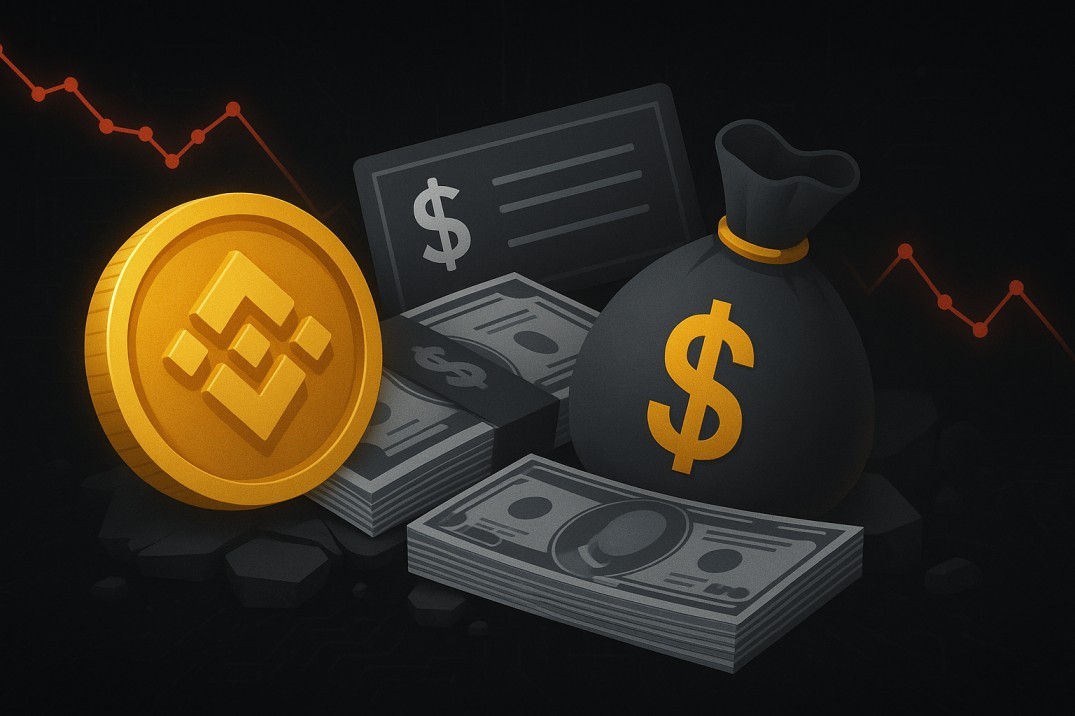TL;DR
-
Binance said it paid $283 million to users impacted by depegging incidents involving USDe, BNSOL, and WBETH during Friday's crash.
-
Compensation covered losses from futures, margin, and loan positions held during the depeg window (21:36-22:16 UTC), plus verified Earn and internal transfer losses.
-
Binance pushed back on the notion that the depegging triggered the broader market crash, arguing the crash preceded the depegs.
-
In its public announcement, Binance also cited old limit orders on tokens (e.g. ATOM) that remained active as contributing to extreme price drops during stress.
-
Binance will implement safeguards like adding redemption prices into index weights and establishing a soft price floor for USDe.
During Friday's volatility, three Binance Earn assets lost their peg: USDe (Ethena's stablecoin), BNSOL (Binance's Sol staking token), and WBETH (Wrapped Beacon Ether). On Binance, USDe briefly dropped below $0.66. These depegging events triggered forced liquidations of positions that had used these tokens as collateral. Binance says it will compensate users affected during the depeg window (21:36 to 22:16 UTC) across futures, margin, and loan products.
The compensation effort was carried out in two batches. Binance also emphasized that the broader market crash happened before the depegging started, arguing the depegs worsened exposure but did not trigger the selloff.
Binance's Defense & Mitigation Steps

In its public statement, Binance clarified few key points:
It disputes that the depeg was the root cause of the market-wide crash. The extreme price drop had already occurred by 21:20-21:21 UTC, while the depegging events began after 21:36 UTC. Some legacy limit orders-orders placed years ago-were executed during the selloff, pushing token prices down further due to lack of opposing liquidity.
To guard against repeats, Binance will incorporate redemption prices into its index weighting, add a soft price floor for USDe, and increase risk-control reviews. Binance also acknowledged minor module glitches during the event, though it claims core matching engines and APIs remained functional. Binance's formal compensation plan confirms that all eligible users affected by the depeg (within the defined window) will be reimbursed, and it invites users outside that bracket to submit cases for review.
Risks, Questions & What Comes Next
While $283 million is a massive compensation sum, the event raises deeper concerns:
- Unverifiable losses: Not all users may have verifiable damage (e.g. partial liquidation, margin calls, or delayed redemptions)
- Moral hazard: If platforms routinely compensate users, risk behavior may worsen
- Technical resilience: Future volatility may test whether instituted safeguards are sufficient
- Regulatory scrutiny: Such events attract attention from regulators who may demand audits or rules for collateral-backed assets
Moving forward, key signals to observe include:
- How Binance handles pending compensation claims
- Whether other exchanges were similarly stressed
- Adjustments to collateral models, index logic, and pricing safeguards across platforms
- Any regulatory or oversight actions triggered by this event
Final Thought
Binance's rapid $283 million payout is a high-stakes acknowledgment that depegging collateral assets during extreme volatility can carry systemic risk. It may also set a precedent: platforms must not only manage pricing and risk mechanics but be ready to stand behind user protection when models break. How the industry responds-through reforms, transparency, and stronger guardrails-will shape confidence in DeFi's next phase.
READ MORE : What is COTI V2: Revolutionizing Blockchain Privacy with Garbled Circuits











